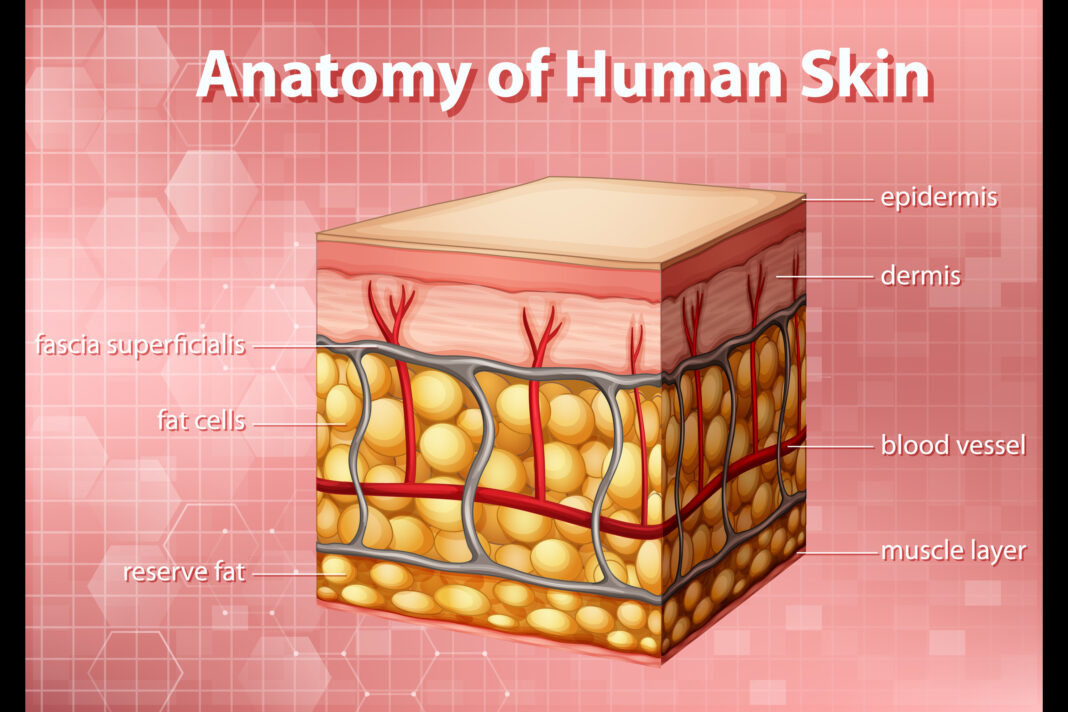The development of 3D skin models has revolutionized research in dermatology, cosmetics, and medicine. These models provide a more realistic representation of human skin, allowing scientists to study diseases, test skincare products, and advance wound healing treatments—all without relying on animal testing.
In this article, we’ll explore what 3D skin models are, their benefits, and answer common questions about their use in research and industry.
What is a 3D Skin Model?
A 3D skin model is a laboratory-grown structure that mimics the layers and functions of real human skin. These models are created using human skin cells and engineered to replicate the epidermis, dermis, and sometimes even deeper layers of the skin.
Unlike traditional 2D cell cultures, 3D skin models offer a more accurate representation of how skin reacts to external factors such as:
-
Cosmetic ingredients (e.g., creams, lotions, and serums)
-
Medical treatments (e.g., wound healing therapies)
-
Environmental factors (e.g., pollution, UV radiation)
How Are 3D Skin Models Created?
-
Cell Cultivation – Scientists collect human skin cells, usually fibroblasts and keratinocytes, and grow them in controlled lab conditions.
-
Layer Formation – The cells are arranged in layers to replicate the epidermis and dermis, sometimes including blood vessels and immune cells for added complexity.
-
Maturation – The model is allowed to develop for several days or weeks to ensure it behaves like natural skin.
-
Testing & Research – Once mature, the 3D skin model can be used to study how it reacts to different substances.
Benefits of 3D Skin Models
1. More Accurate Than Animal Testing
3D skin models closely mimic human skin, making them more reliable than animal testing for studying skin conditions and reactions.
2. Ethical & Sustainable
Since they use human cells, 3D skin models reduce the need for animal testing in cosmetics and pharmaceutical research.
3. Better for Personalized Medicine
Scientists can create 3D skin models using a patient’s own cells, leading to personalized treatments for burns, wounds, or skin diseases.
4. Cost-Effective in the Long Run
Although developing 3D skin models requires specialized technology, they can reduce costs associated with animal testing and clinical trials.
5. Useful in Multiple Industries
These models are widely used in cosmetics, dermatology, pharmaceuticals, and even toxicology studies to test new chemicals.
Applications of 3D Skin Models
✔ Cosmetic & Skincare Testing – Companies use them to test the safety and effectiveness of skincare ingredients.
✔ Medical Research – Helps in studying skin diseases like eczema, psoriasis, and skin cancer.
✔ Wound Healing & Burns – Used to develop better treatments for burns and chronic wounds.
✔ Drug Development – Helps in testing how new medications affect human skin.
✔ Toxicology Studies – Determines how chemicals and pollutants impact skin health.
FAQs About 3D Skin Models
1. Are 3D skin models better than traditional skin testing methods?
Yes, they provide more accurate results because they mimic real human skin, unlike animal testing or 2D cell cultures.
2. What types of cells are used in 3D skin models?
Most models use keratinocytes (outer skin cells) and fibroblasts (cells that produce collagen), sometimes incorporating immune cells and blood vessels for more complexity.
3. Are 3D skin models expensive to create?
Initially, they can be costly due to specialized equipment and research, but they save money over time by reducing the need for animal testing and clinical trials.
4. Can 3D skin models replace human testing?
While they provide valuable insights, human testing is still needed for final approval of new treatments and products.
5. Are 3D skin models used for studying skin diseases?
Yes, they are widely used in researching conditions like psoriasis, eczema, acne, and skin cancer to develop better treatments.
6. How do 3D skin models help in cosmetics?
They allow companies to test skincare and makeup products for safety, irritation, and effectiveness without using animals.
7. Can these models be personalized for individuals?
Yes, scientists can create 3D skin models using a patient’s own cells to develop customized treatments for burns, wounds, or diseases.
8. Are these models available for commercial use?
Many biotech companies now offer ready-to-use 3D skin models for research and testing purposes.
9. Can 3D skin models be used in burn treatment?
Yes, they play a major role in regenerative medicine, helping develop new ways to heal burns and severe wounds.
10. What is the future of 3D skin modeling?
Advancements in bioprinting and tissue engineering could lead to fully functional skin grafts for transplants and advanced personalized medicine.
Conclusion
3D skin models represent a significant breakthrough in skincare, medical research, and drug development. By providing a realistic and ethical alternative to animal testing, they are helping industries create safer and more effective products. As technology advances, 3D skin models may play an even greater role in personalized medicine and regenerative treatments.
Whether you’re interested in skincare, medical research, or sustainable alternatives to animal testing, 3D skin models are shaping the future of dermatology and cosmetics.



